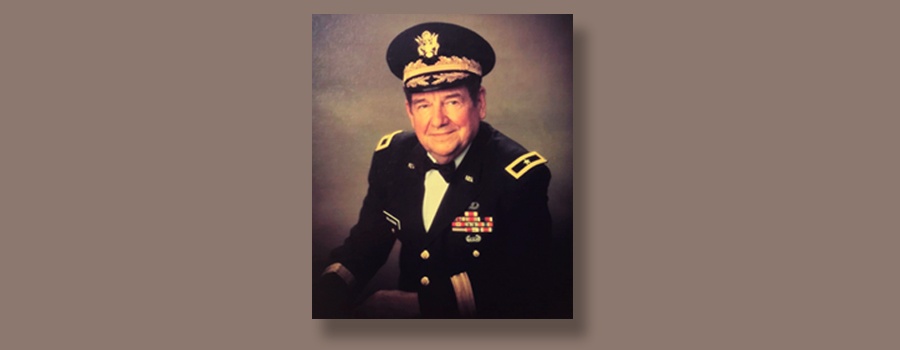Tag: mclaughlin
-

In Memoriam: Brig. Gen. Max McLaughlin, M.D.
We are saddened to share the passing of Mobile physician Max V. McLaughlin. Known as Dr. Max to many, he passed away peacefully in his sleep on Monday, Sept. 10, 2018. He is survived by his wife, Nikki, his children Victor, Anne and Lauren, and his granddaughter Savannah. He leaves a legacy of achievement across…
-
